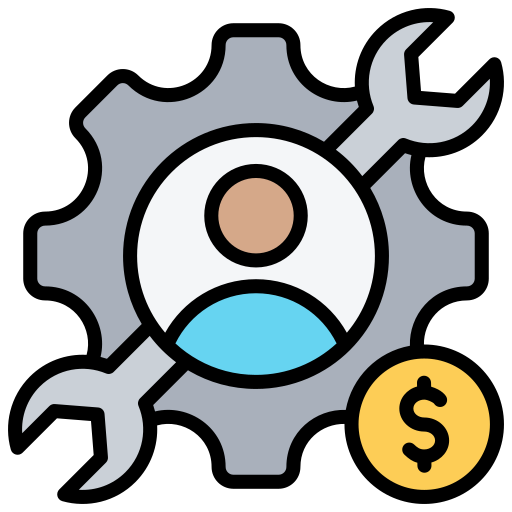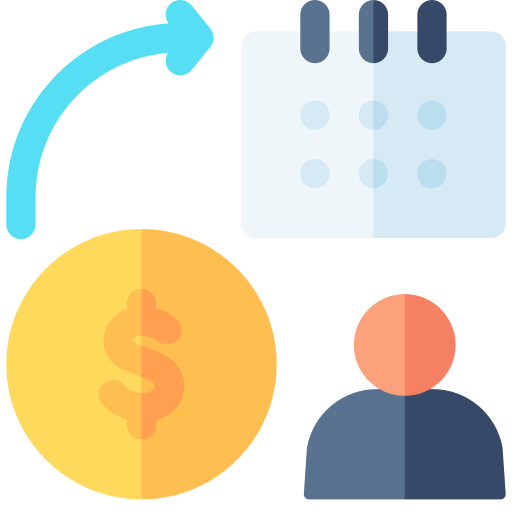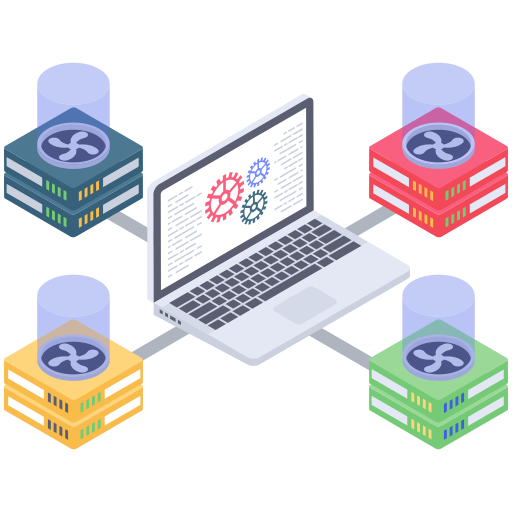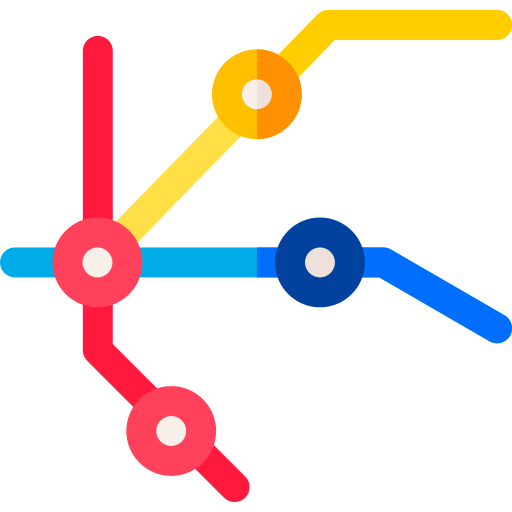
Get Your Customized Ruby on Rails Development Services Now!
Create own development team
We Know to Do It Right
RoR Features That Enhance Our Development
Services for which You’ll Recall Us
Hiring Our Always Demanding RoR Developers

Ruby on Rails for Web Application Development
Ruby on Rails (RoR) is a popular web application framework that emphasizes convention over configuration, making it easier and faster to develop robust web applications. With its focus on simplicity and productivity, Ruby on Rails allows developers to build scalable and secure applications efficiently. RoR provides built-in tools for database management, routing, and authentication, making it an excellent choice for both startups and large enterprises looking to rapidly prototype and deploy web applications. It is particularly known for its ability to streamline the development process, reducing the need for repetitive coding.

Ruby on Rails for API Development
Ruby on Rails is well-suited for building APIs, particularly RESTful APIs, due to its powerful routing system and the ease with which it handles HTTP requests. RoR's Active Record ORM simplifies database interactions, enabling quick API endpoints that can handle complex data models with minimal boilerplate code. Whether building an API for a mobile app or integrating with other services, Ruby on Rails allows developers to create scalable, secure, and maintainable APIs. With the help of libraries like Jbuilder and ActiveModel Serializers, RoR makes it easy to structure and manage JSON responses, providing seamless communication between front-end and back-end systems.

Ruby on Rails for Rapid Prototyping
One of Ruby on Rails' standout features is its ability to quickly prototype applications. With its convention-over-configuration philosophy and large collection of pre-built gems, developers can rapidly build and deploy prototypes with minimal effort. This is particularly beneficial for startups and businesses that need to validate ideas or demonstrate concepts to stakeholders without the burden of a lengthy development cycle. RoR's focus on simplicity and developer happiness allows for faster iterations, making it ideal for projects where time-to-market is a key consideration.

Ruby on Rails for E-Commerce Development
Ruby on Rails is a powerful framework for building feature-rich, scalable e-commerce platforms. With gems like Spree Commerce and Solidus, developers can quickly set up a fully functional online store with features like inventory management, shopping carts, payment integration, and order processing. Ruby on Rails ensures that e-commerce websites are not only user-friendly but also scalable as business needs grow. The robust architecture and security features make it an ideal choice for businesses that require secure and high-performing e-commerce platforms, while its modular design allows for easy customization to meet specific business needs.
Projects We Undertake

Fixed Cost Model
The Fixed Price Model is best suited for projects with well-defined requirements and a clear scope. The project cost, timeline, and deliverables are agreed upon upfront, providing clients with certainty and predictable outcomes. This model is efficient for smaller projects or those where the scope remains unchanged throughout. It is ideal for projects with minimal risks and where changes during the execution phase are unlikely.

Time & Material Model
The Time and Materials Model is designed for projects with flexible and evolving requirements. It allows clients to pay based on the actual time and resources consumed during the project. This model is effective for long-term or complex projects where the full scope may not be clearly defined from the outset. Clients gain the advantage of scalability and can make adjustments as needed during development, ensuring the final product meets evolving business needs.

Dedicated Team Model
In the Dedicated Team Model, a team of skilled professionals is allocated exclusively to a client’s project for a predetermined period. This approach offers the flexibility to scale the team up or down based on the project’s demands. It provides clients with direct control over the development process and allows for quick adaptation to changing requirements. This model is ideal for long-term engagements, where collaboration, consistency, and focus are key to success.

Milestone-Based Payment Model
The Milestone-Based Payment Model divides the project into distinct phases or milestones, with payments made after each phase’s successful completion. This approach ensures a structured timeline, reduces financial risk for both the client and the development team, and provides clients with measurable progress checkpoints. It is particularly useful for medium-sized projects, where deliverables are segmented into clearly defined stages with separate timelines and goals.








